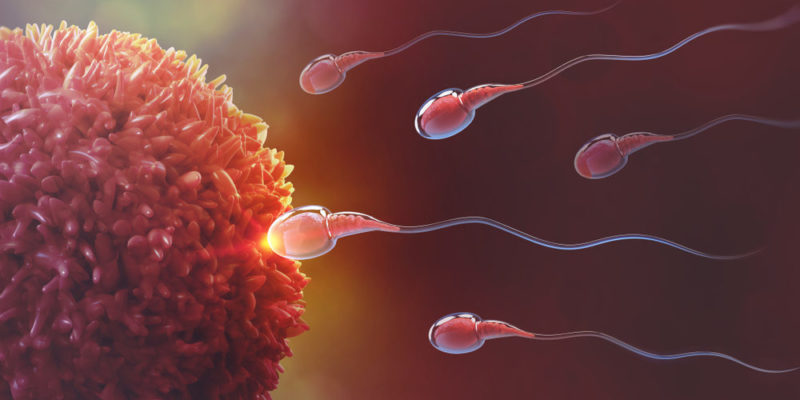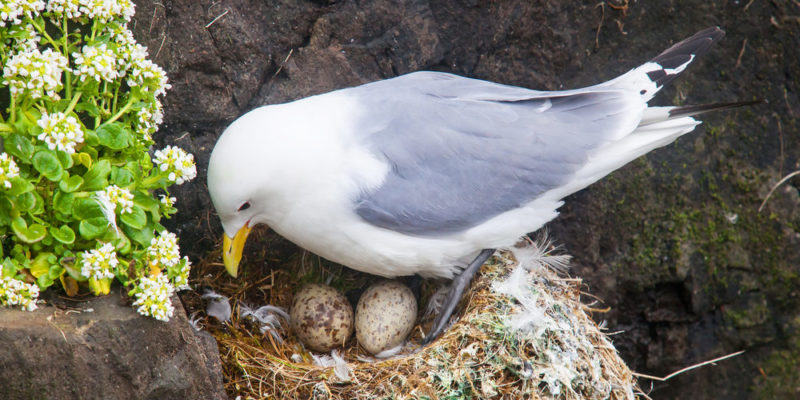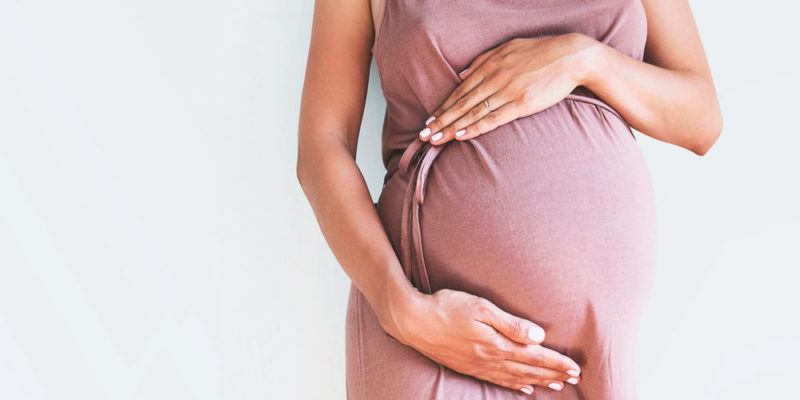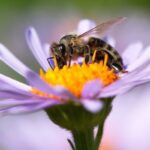We explain what reproduction is and the types that exist. Also, animal and human reproduction and why it is so important.

What is the reproduction of living beings?
It is known as reproduction one of the stages of the life cycle of living beings along with birth, growth and death. It is a biological process through which living organisms create new organisms, more or less similar to themselves, thus perpetuating the species and guaranteeing its survival over time.
All living beings are capable of reproduction in one way or another, although not everyone carries it out successfully or not everyone wants to do it, in the case of humanity. In fact, the vital stage of species maturation involves achieving the necessary development to allow eventual reproduction. This stage is also known as sexual maturity, at least in animal species.
Reproduction involves a set of more or less complex processes, which at a broader level allow the generation of new individuals but it also occurs when the cells of the same individual's body regenerate, that is, they are replaced by younger cells. This is how tissues are repaired, for example.
See also: DNA
Types of reproduction

The reproduction of living beings, broadly speaking, can be of two types: sexual and asexual, taking into account the genetic information of the new individuals formed.
- Asexual reproduction This is the most primitive form of reproduction, typical of unicellular organisms. In it, a mature individual, which has reached the ideal conditions and is in an environment conducive to reproduction, begins some type of bipartition, fission or replication that results in a new, young individual, but whose genetic information is identical to the one. of his father. This process allows little genetic variability, other than through mutations. Some examples of asexual reproduction are budding, bipartition, fragmentation, sporulation, and parthenogenesis.
- Sexual reproduction Much more complex from a genetic point of view, this mode of reproduction allows genetic exchange and a high rate of variety, since it consists of the creation of reproductive cells or gametes, each of which has half of the complete genetic load. from a mature parent. Two of these gametes must meet and join (fertilization) to give rise to a new individual, whose genetic information is its own and unique, different from that of its parents. This mode of reproduction is called sexual because the parents must be sexual organisms: male and female respectively, in order to reproduce.
animal reproduction

Animals, for the most part, reproduce sexually, so they are born with sexual distinction: males and females. This implies that there must be a courtship process, in which males generally vie for a female and the right to mate with her and then copulation, in which the winner or the chosen one can join the female and fertilize her. In some cases this fertilization is internal, that is, it takes place inside the female's body, where new individuals then develop and are expelled at the appropriate time; In other cases, fertilization is external, that is, it takes place in the environment, whether under the care of the parents or not.
In cases where fertilization is internal, species can be classified according to the method used for the offspring to emerge from the mother's body, as follows:
- Oviparous animals The fertilized female produces eggs that are then deposited in a nest or some suitable place, and generally guarded by her parents. Within them a process of change occurs and offspring eventually emerge, either in an incomplete stage (as in the case of amphibians or insects, in which the offspring must then go through a metamorphosis to become adults) or in a complete (as in the case of reptiles, whose offspring are identical to adults but smaller).
- Viviparous animals. Those in which the fertilized female gives birth to her already developed offspring, ready to exist independently, although under the custody of their parents. In these cases, eggs are not produced, but the offspring are gestated inside the mother's body until they are ready and then they are given birth.
However, In some cases, animals can alternate between sexual and asexual reproduction depending on conditions. This is the case, for example, of starfish, which can regenerate a complete individual from a large enough fragment of tissue, such as a severed limb.
Another similar asexual process is budding, in which one parent produces a lump or budfrom which a complete and identical individual is formed. It is a common reproduction mechanism among sponges and corals.
human reproduction

human reproduction It is exclusively sexual (unless artificial techniques such as cloning are considered within “reproduction”), so it always involves two parents: female and male. When they reach sexual maturity, each one produces their gametes or reproductive cells: eggs in the female case and sperm in the male case, each with half of the individual's total genetic load.
Since fertilization is internal, intercourse must occur during which the male sexual organ (penis) is introduced into the female (vagina) until the appropriate level of excitement is reached for the ejaculation of the male gametes to occur inside the vagina and uterus, where they will meet the egg and fertilization will occur, thus giving rise to a zygote: a fertilized egg that goes through a series of rapid and multiple cell divisions, starting the pregnancy.
Human pregnancy takes 9 months to gestate new individuals which are nourished by the maternal body through the umbilical cord. Once this time has elapsed, childbirth occurs, in which the uterus begins a series of contractions that move the fetus outward through the birth canal, which has widened to allow its exit. Once outside, the umbilical cord must be cut and the newborn will begin its independent existence.
Importance of reproduction
Reproduction is an essential life stage, given that death inevitably comes to all living beings. Organisms grow, age, and their chances of continuing to exist become lower, but can always reproduce and bring another or other individuals into the world new ones that will prolong the species when he has already disappeared, and that in turn will reproduce when the time comes, in a life cycle that never ends.
Besides, reproduction allows genetic innovation either through the random combinatorics of sexual reproduction, or through the possibility of mutations, which introduces new elements to the genetic information of the species, thus promoting the possibility of evolution and favorable adaptations, which may well save the entire species. species or, eventually, give rise to a new and better adapted one in its place. Whatever the case, life always goes on.
Continue with: Characteristics of living beings
References
- “Reproduction” on Wikipedia.
- “Types of reproduction” at the National Autonomous University of Mexico.
- “Reproduction” in Science Clarified.
- “Reproduction (biology)” in The Encyclopaedia Britannica.





